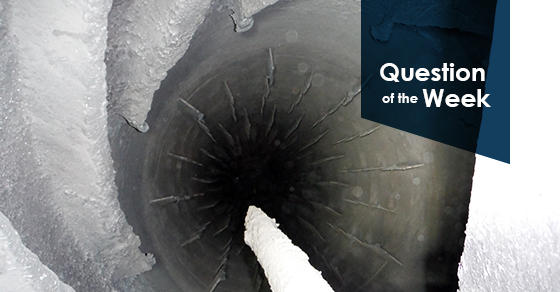Disparate materials can often clump together, or stick to the interior of the rotary dryer during the industrial drying process. This is referred to as unwanted agglomeration, or caking. Caking can occur for many reasons, but most often is the result of material characteristics that foster a sticky quality. Luckily, there are options to help prevent this such as adding a knocking system, back mixing the feed stock, and adjusting the flight design.
Knocking systems are an effective solution to deal with caking during rotary dryer operation. Specially designed knocking systems can be implemented to “knock” material off the interior of the drum as it rotates. FEECO knocking systems are most commonly fitted on the inlet of the rotary dryer where incoming material is most wet and sticky.
Back mixing, or the practice of mixing dry material in with the wet feed stock, is also sometimes an option. This can help to reduce the stickiness of a material, but is not an option with all materials, as some remain sticky for a wide range of moisture.
Adjusting the flight design in the dryer can also help to prevent caking. Flights with less aggressive corners can reduce the potential for caking, as can adding a bald, or flightless, section to the inlet of the dryer so material has a chance to dry a bit before it hits the flights.
FEECO offers a variety of options for anyone suffering from rotary dryer caking, and can customize a solution to meet your unique material’s needs. For more information on these systems, contact us today!


